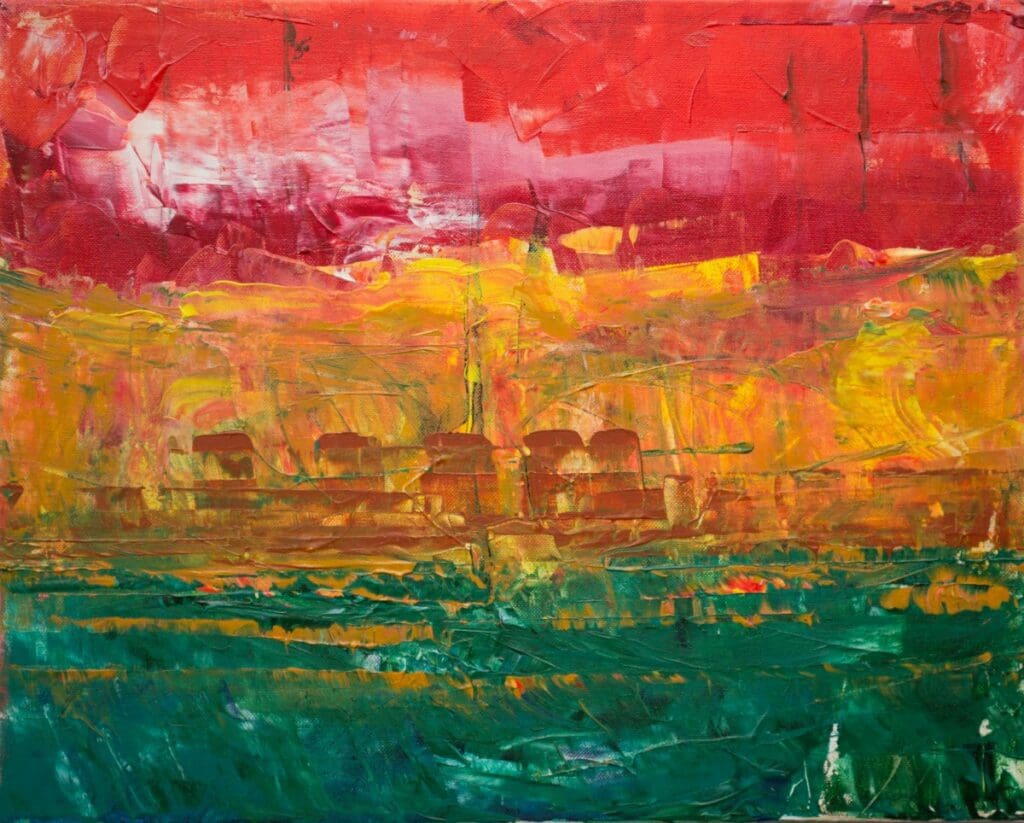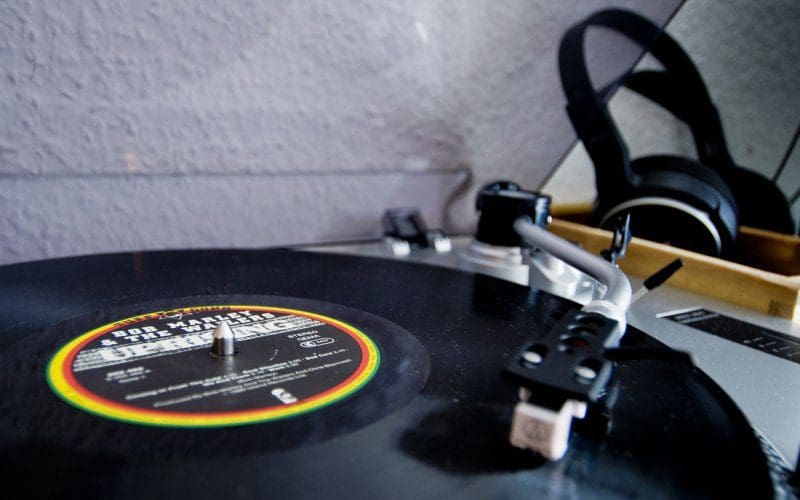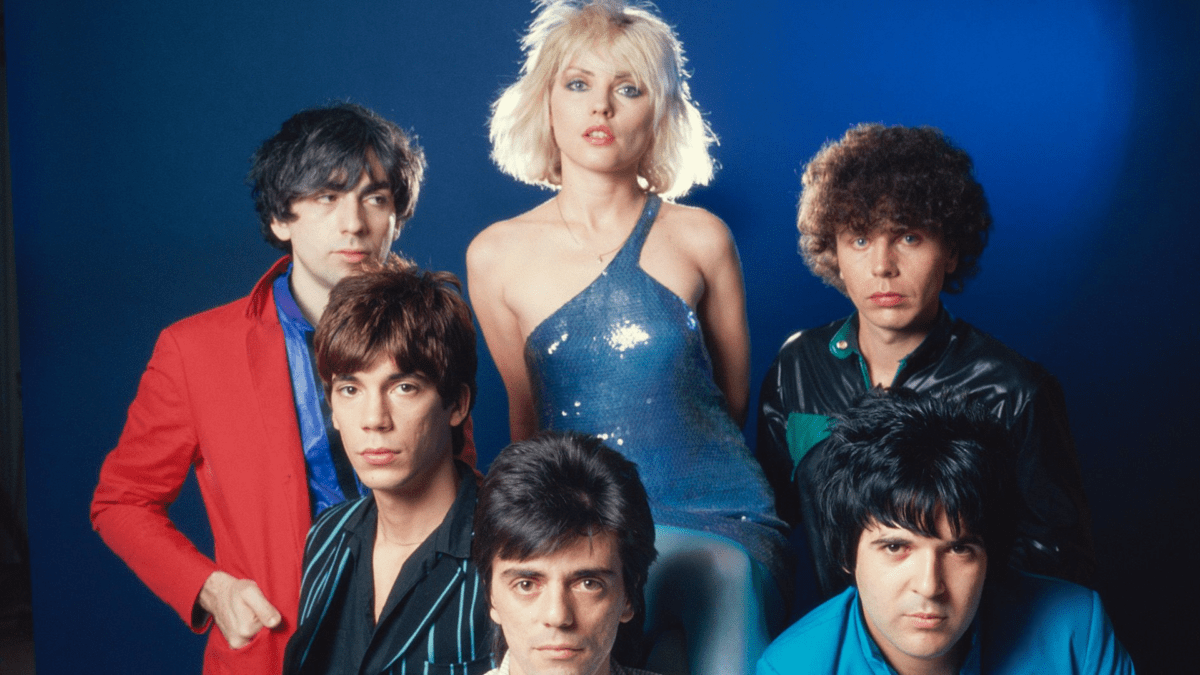
Dub music has significantly impacted popular music, influencing genres such as hip-hop, dance, and dubstep. In recent years, the genre has experienced a resurgence in popularity, with new artists incorporating its signature sound into their music. Despite its influence and popularity, dub music remains a niche sound with a dedicated fan base and a rich history.
In this definitive guide to dub music, we will explore the genre’s history, key players, impact, and influence. We will also examine the different sub-genres of dub music, from roots to dubstep, and provide recommendations for essential albums and tracks.
Whether you’re a die-hard fan of dub music or new to the genre, this guide will provide a comprehensive overview of one of music history’s most influential and unique genres.
What Is Dub Music?

Dub music is a genre that originated in Jamaica in the late 1960s. It is a reggae music subgenre that accentuates the heavy use of reverb, echo, and other effects. It’s famous for its up-front bass and drums, often with a mix that emphasises its rhythmic qualities. Dub music also uses instrumental tracks that producers can blend with vocal tracks to create a unique sound.
The genre has had a significant influence on many other types of music, including hip-hop, electronic music, and punk rock. The genre has also been a political and social commentary tool, with many artists using their music to address issues such as poverty, inequality, and political corruption. Despite its origins in Jamaica, it has become a global phenomenon, with artists and fans worldwide embracing its unique sound and message.
History of Dub Music
Dub music emerged as a sub-genre of reggae in the 60s. The term “dub” refers to removing the vocals and emphasising a song’s instrumental and rhythm sections. This was possible with the use of mixing boards and effects such as reverb and delay. Producers such as King Tubby, Lee “Scratch” Perry, and Augustus Pablo pioneered the genre, experimenting with different techniques to create a new sound.
Dub music became popular in the 1970s, offering a new way to experience reggae. The stripped-down versions of songs allowed listeners to focus on the intricate rhythms and basslines, while audio effects created a psychedelic and otherworldly atmosphere. Dub music also had a political dimension. Jamaican people would use the music to voice their struggles and promote Rastafarianism.
The use of sampling and experimentation with sound has inspired generations of musicians and producers. Today, dub music continues to evolve and thrive, with artists such as Mad Professor, Adrian Sherwood, and Scientist carrying on the tradition of pushing the boundaries of sound.
What Is a Dubplate?
A dubplate (or dub plate) is a unique type of vinyl record that DJs and producers typically use in the dub, reggae, dancehall, and jungle scenes. Dubplates are custom-made records that feature exclusive tracks or remixes not available to the general public. They are usually cut in small quantities and are often used as a promotional tool by artists and labels to build hype around upcoming releases or to test out new material in a live setting.
Creating a dubplate involves cutting a lacquer disc with the desired track or tracks using a lathe-cutting machine. The resulting disc is then coated with a layer of metal, usually made of silver or nickel, to improve its durability before being used to press an acetate disc – the finished dubplate disc. As dubplates are made from acetate, as opposed to vinyl, they are not very durable, typically lasting for around 10-12 plays before degrading in quality. DJs typically play dubplates on turntables designed to handle their weight and size, generally around 10 inches in diameter.
While dubplates have been around for decades, they are essential to the underground music scene today. They offer a unique way for artists and DJs to showcase their skills and creativity, and they allow fans to hear exclusive tracks that may never be released commercially. Despite the rise of digital music and streaming services, the physicality and exclusivity of dubplates continue to make them a highly sought-after and cherished item in the world of music.
Notable Dub Musicians and Producers
One of the most important dub music producers is King Tubby. He is credited with inventing the remix and was a pioneer in the use of reverb and echo effects. His studio in Kingston, Jamaica, was a creative hub in the 1970s.
Another legendary producer is Lee “Scratch” Perry. He worked with Bob Marley and the Wailers early in his career and produced some of the most influential dub albums of all time, including “Blackboard Jungle Dub” and “Super Ape.” Perry was known for his innovative use of sound effects and his willingness to experiment with different styles.
Other notable producers include Scientist, who worked with King Tubby and produced some of the most popular dub albums of the 1980s, and Mad Professor, who has worked with a wide range of artists and is known for using digital effects and sampling. Together, these producers have helped shape dub music’s sound and influenced countless artists in the decades since its creation.
Popular Dub Music Songs
Dub music has influenced many other genres, including electronic music, and remains popular today. Here’s our selection of songs that showcase the genre’s unique sound and its ability to create a hypnotic and immersive listening experience.
King Tubby – Flag Dub
“Flag Dub” is a classic track produced by the legendary King Tubby. The song is a prime example of Tubby’s innovative use of studio techniques to create a unique and powerful sound. The track features a heavy bassline, echoing drums, and a mesmerising array of sound effects, including sirens, horns, and vocal snippets.
The dub version of the song strips away the vocals and focuses on the instrumental elements. In doing so, the listener can fully appreciate the track’s intricate rhythms and sonic textures. “Flag Dub” remains an influential track and a testament to King Tubby’s unparalleled creativity and skill.
Augustus Pablo – King Tubby Meets Rockers Uptown
“King Tubby Meets Rockers Uptown” is a seminal track by Augustus Pablo. The song features Pablo’s signature melodica sound layered over a heavy bassline and drum beat. The track was mixed by legendary dub producer King Tubby, who added his own touch of echo and reverb to create a spacious and immersive sound. The innovative combination of echo and reverb effects on various instruments results in a mesmerising soundscape that continues to inspire musicians and producers worldwide.
Many consider “King Tubby Meets Rockers Uptown” a classic of the genre, with countless artists covering and sampling the song over the years. The song’s hypnotic rhythm and ethereal atmosphere make it a timeless piece of music that continues to captivate listeners today.
Lee “Scratch” Perry – Blackboard Jungle Dub
This track is a standout example of Perry’s production skills, featuring a driving bassline, skittering percussion, and a haunting melody that is constantly manipulated and transformed through the use of echo and reverb. The result is a hypnotic and immersive listening experience, standing the test of time as a quintessential example of the genre.
Augustus Pablo – East of the River Nile
This track from 1974 is a prime example of Augustus Pablo’s unique style. It features a haunting melodica melody accompanied by a heavy bassline and skanking guitar rhythm. The track is known for its dreamy, atmospheric quality, transporting listeners to a mystical world of sound.
With its haunting melody and ethereal vibe, this song has become a staple in the dub music canon. Many aficionados regard it as a classic track, showcasing the genre’s roots in reggae music.
Scientist – Your Teeth In My Neck
“Your Teeth In My Neck” is a song by the musician Scientist, famous for his contributions to the dub genre. The track features a slow, ominous beat with heavy bass and distorted guitar riffs, creating a dark and foreboding atmosphere. The title of the song refers to someone biting into another’s neck, a common association with vampires and horror movies.
The lyrics are sparse, with only a few repeated lines, adding to the hypnotic and trance-like quality of the music. Overall, “Your Teeth In My Neck” is a haunting and atmospheric track that showcases Scientist’s talent for creating immersive soundscapes.
The Orb – Little Fluffy Clouds
In recent years, dub music has continued to evolve and inspire contemporary artists across various genres. British electronic group The Orb’s 1991 track “Little Fluffy Clouds” is an excellent example of how dub music’s influence has extended into electronic music.
Featuring prominent use of echo and delay effects, this song creates a dreamy, atmospheric soundscape that pays homage to the sound’s pioneering artists. At the same time, the song further pushes the boundaries of what the genre can be.
Dub Genre Variations
Over time, dub music has evolved and diversified into several subgenres, each with unique characteristics. One of the earliest subgenres is roots dub. This genre features a more organic sound, incorporating elements of traditional African music. Dub poetry, another subgenre, combines spoken word poetry with dub music, creating a powerful and socially conscious form of music.
In the 1980s, dub music began to influence the development of electronic dance music. In turn, this evolution led to the later emergence of dub techno and dubstep. Dub techno favours a minimalistic approach, with sparse rhythms and atmospheric soundscapes. Conversely, dubstep is famous for its heavy basslines and aggressive sound.
Dub music continues to influence and inspire musicians worldwide, with new subgenres and variations constantly emerging. From its humble beginnings in Jamaica, it has become a global phenomenon with a rich and diverse history that continues to evolve and innovate.
Notable Dub Music Labels
Dub music has a rich history and culture, with several notable labels helping to shape and define the genre. One of the most prominent labels is Greensleeves Records. Since its formation in 1977, Greensleeves has become synonymous with reggae and dub music. The label has also released seminal albums from artists like King Tubby, Lee “Scratch” Perry, and Augustus Pablo. As a result, it has been instrumental in spreading the genre’s sound.
Another important dub music label is Blood and Fire. Forming in the mid-1990s, it focuses on reissuing classic reggae and dub albums from the 1970s and 1980s. Blood and Fire’s releases were highly influential in the community, helping to introduce a new generation of listeners to the genre.
Other notable labels include Dubmission Records, which has been at the forefront of the global dub and bass music scene since the early 1990s, and Adrian Sherwood’s On-U Sound, which has released groundbreaking albums from artists like Dub Syndicate, African Head Charge, and Tackhead.
Overall, these labels have played a crucial role in the development and evolution of dub music. Significantly, they continue to be essential voices in the genre today.
The Influence of Dub Music
Dub music has had a profound impact on the music industry, influencing many genres of music. Initially a way of creating instrumental versions of popular reggae songs, it quickly evolved into its genre. Producers would experiment with effects, studio techniques, and electronic instrumentation to create a unique sound.
The genre has been influential in developing electronic music, particularly techno, house, and dubstep. Its reverb, delay, and other effects have inspired producers to experiment with sound manipulation and create new, innovative sounds.
Jamaican dub music has also had a significant impact on the country’s cultural and political landscape. Moreover, it was instrumental in spreading the Rastafarian movement and its message of social justice and equality.
Overall, the genre has left a lasting legacy on the music industry and continues to inspire new generations of musicians and producers. Its influence is evident in various genres, and its impact on Jamaican culture and society is undeniable.










